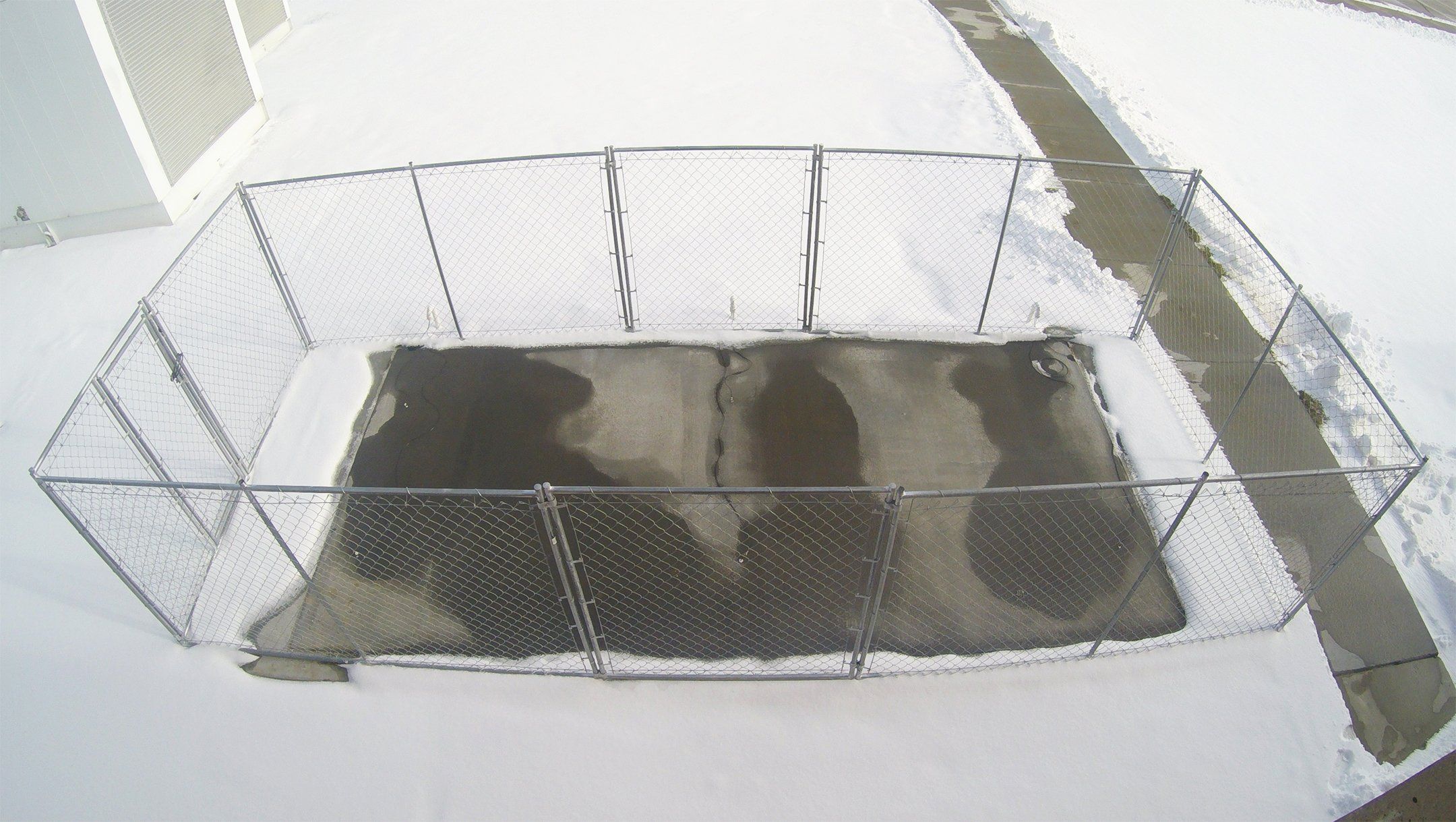
New technology in the works could make winter weather easier for pilots to bear, with one project seeking to make airport surfaces ice-free, and another aiming to keep ice off airplane wings. At the University of Nebraska, Lincoln campus, civil engineer Chris Tuan and his research team are testing a mix of steel shavings and carbon particles that are added to concrete surfaces, which then are electrified to prevent the buildup of ice. The modified concrete carries just enough electrical current to melt ice while remaining safe to the touch, according to the university. Field testing has found the material is effective in keeping bridges ice-free, and the FAA now is sponsoring this winter’s research. If the results are good, the FAA plans to test the technology at a major U.S. airport, Tuan said. The FAA’s first priority, he added, is not to keep runways clear, but to eliminate ice and snow around the airplane gates and loading areas.
At Virginia Tech, researchers are working to prevent the accumulation of frost on airplane surfaces. Using a technique called photolithography, engineer Jonathan Boreyko and his team have developed patterned surfaces that repel water, preventing the spread of frost. The patterns were inspired by the shell of the Namib Desert Beetle, Boreyko said. The insect has a bumpy shell that collects moisture, which then is directed down smooth channels into the insect’s mouth. “I appreciate the irony of how an insect that lives in a hot, dry desert inspired us to make a discovery about frost,” Boreyko said. “The main takeaway from the Desert Beetle is we can control where dew drops grow. When the dots are spaced far enough apart and one of the drops freezes into ice, the ice is no longer able to spread frost to the neighboring drops because they are too far away. Instead, the drops actually evaporate completely, creating a dry zone.”


































